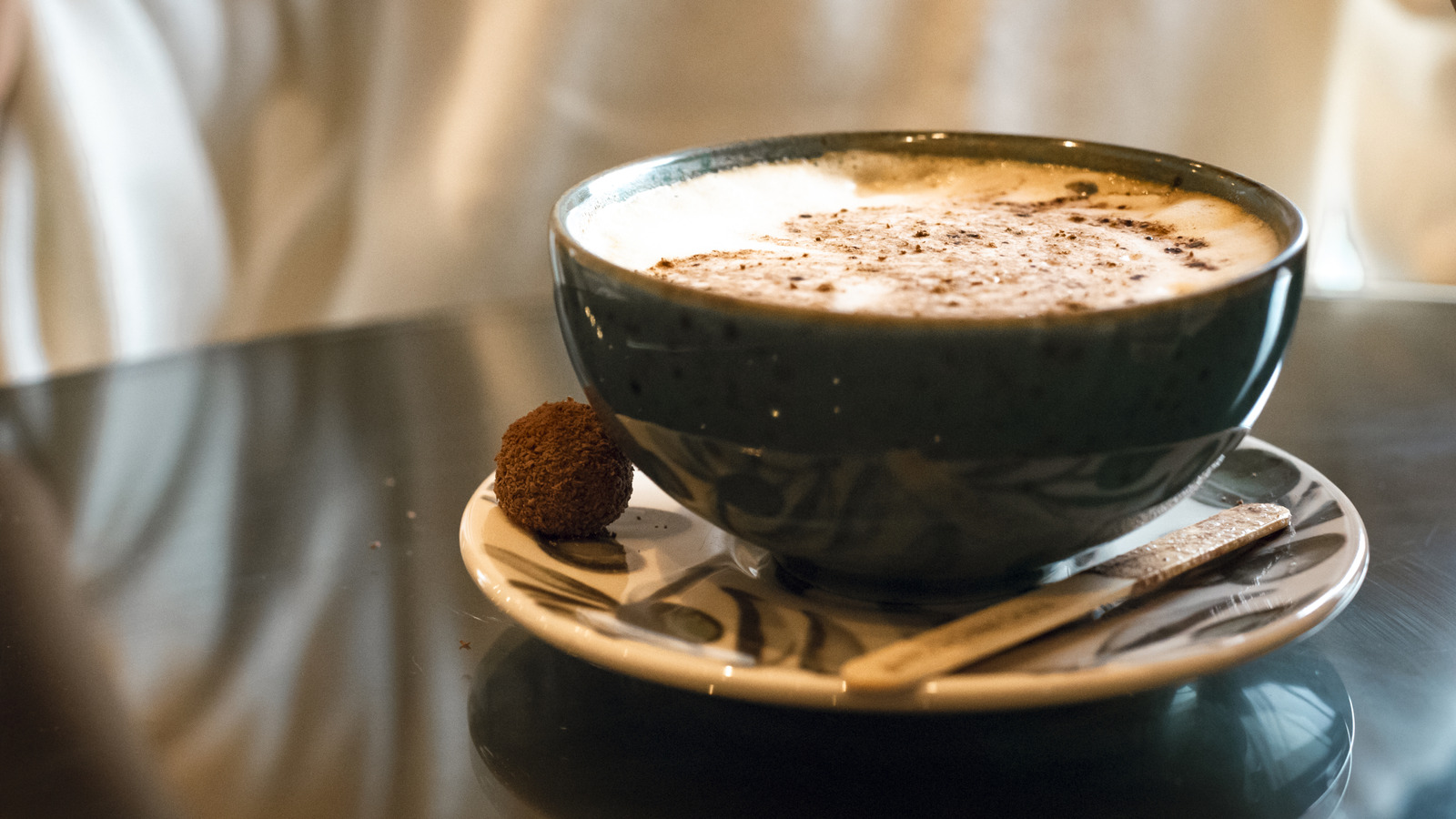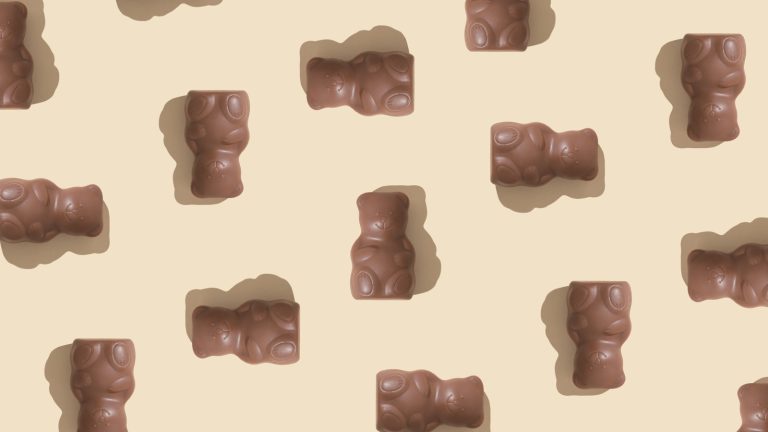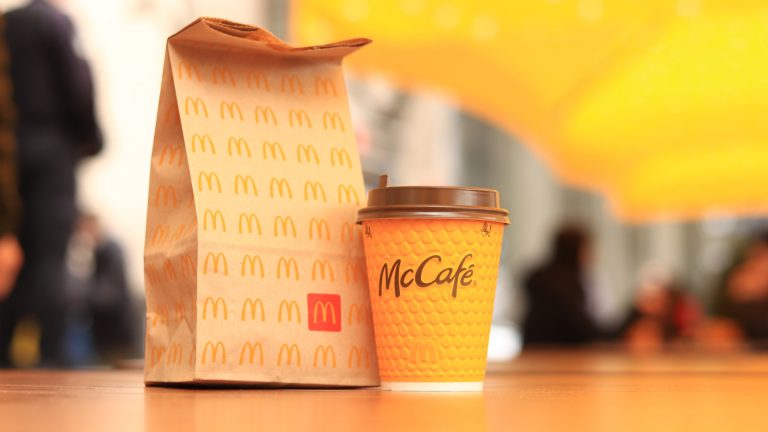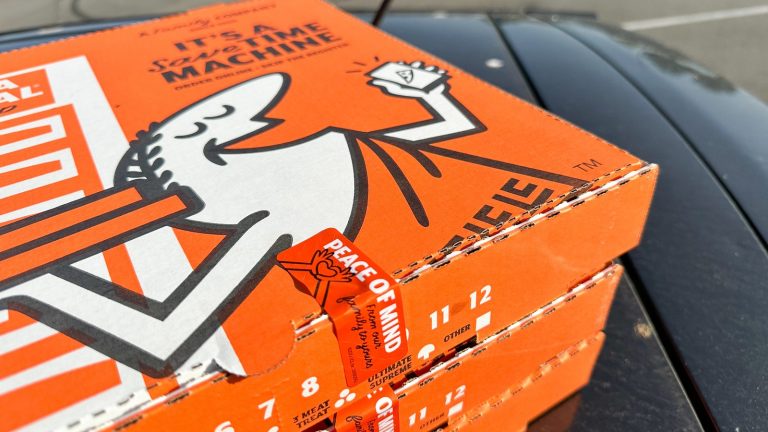Many coffee drinkers around the world reach for a mug. In France, however, a different vessel often takes center stage at the breakfast table, and that’s a bowl. This isn’t a recent trend but a practice with roots stretching back centuries.
Coffee’s arrival in France in the 17th century is often linked to Pierre de la Roque, a physician who brought back coffee beans from Egypt or Constantinople — it depends on who tells the story. Along with the beans came the traditional Turkish ways of preparation, which included serving the beverage in small decorated bowls. Europeans, at that time, were accustomed to using bowls for hot drinks, making the adoption of this practice relatively seamless.
While handled cups later gained popularity in other parts of Europe, the French maintained the whimsical usage of the bowl. The wide opening of a bowl is perfect for a French breakfast that often comes with croissants, other pastries, or bread, and the bowl’s shape makes it easy to dip these into the coffee. The larger surface area of the liquid in a bowl also means the coffee cools down fairly quickly, making it ready to drink sooner.
More than just a practical choice, drinking coffee from a bowl has become a part of the French way of life. It represents a slower, more demure and mindful approach to enjoying a morning beverage. It’s about taking a moment to appreciate the simple pleasures and living life to the fullest, a concept often associated with the French “Art de Vivre.”
Bowl sizes and types of French coffees to drink
Traditional coffee bowls are typically larger than standard coffee cups. Sizes can vary, from smaller bowls perfect for espresso to larger ones holding 13 ounces or more. They are often made from porcelain or stoneware. Porcelain is a popular material for these bowls, appreciated for its ability to hold heat and its appearance. Collectors of vintage French bowls often look for pieces with a flared base, sometimes called a “foot,” and fine, hairline cracks can be a sign of age and authenticity.
French roast coffee, known for its strong, smoky flavor, is a common choice for café au lait. These arabica beans are roasted at a high temperature, giving them a dark color and an oily sheen.
Knowing a few common terms can be helpful when ordering at a French cafe. Ordering “un café” will get you an espresso, which is the most common coffee order in France — you can then ask for a ristretto or long shot of espresso by saying “un café serré” for ristretto or “un café allongé” for a long shot.
“Café au lait,” meaning “coffee with milk,” is made with equal parts coffee and steamed milk, creating a drink that’s like a latte. “Café crème” is close to a cappuccino, with espresso topped with foam.
“Café noisette” translates to “hazelnut coffee,” for the color, but it doesn’t actually contain (or taste like) nuts. It’s a shot of espresso with a small amount of hot, foamy milk (think macchiato or flat white). A “café Americain” is an Americano or similar to black coffee, which is espresso and hot water.






